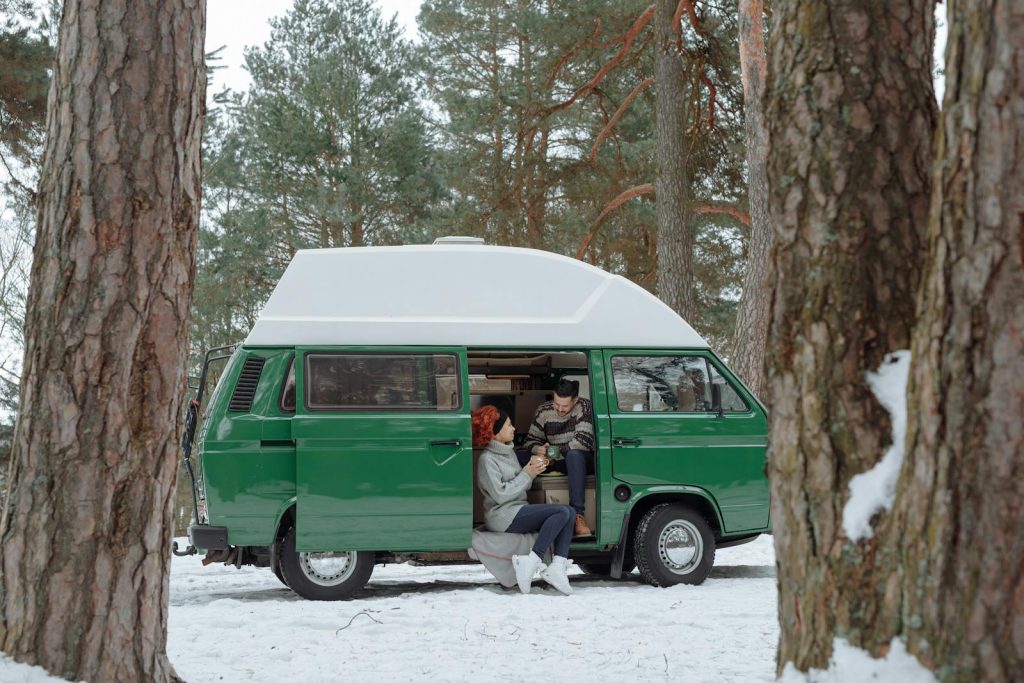
Car Camping in Winter: Tips and Tricks for a Cozy and Safe Experience
We may earn money or products from the companies mentioned in this post.
Car camping in winter can be a thrilling and unique experience for outdoor enthusiasts. While it may seem daunting to spend a night in a cold car, with the right preparation and gear, it can be a comfortable and enjoyable adventure.
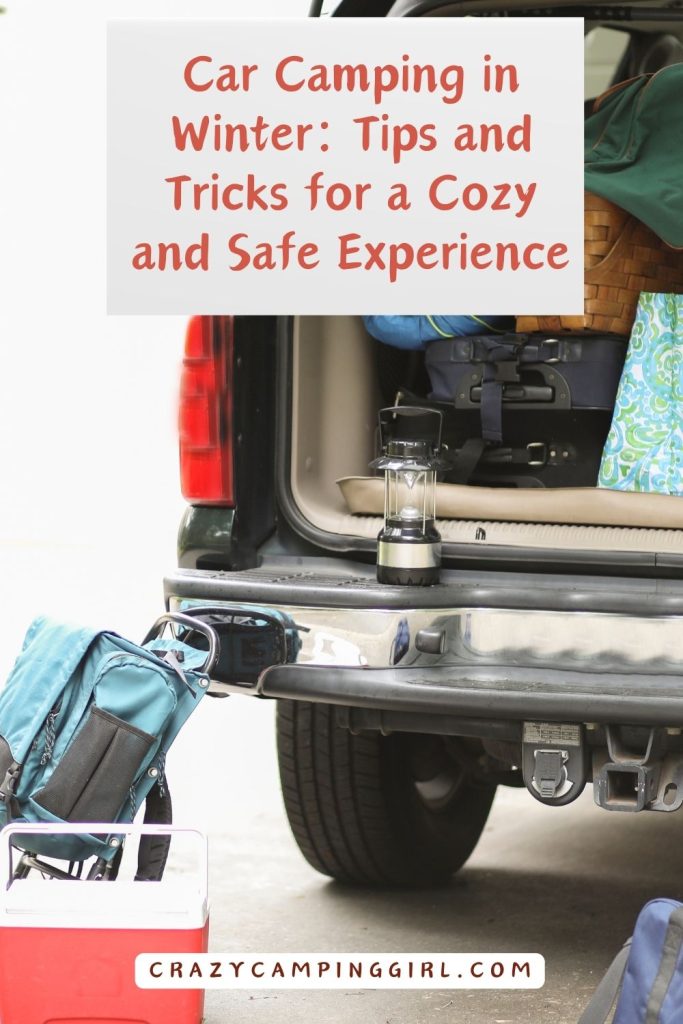
One of the biggest advantages of car camping in winter is the ability to access remote locations that may not be accessible during other seasons. Additionally, it allows for more flexibility in planning and adapting to changing weather conditions. With the right equipment and knowledge, winter car camping can be a safe and enjoyable way to explore the great outdoors.
However, it’s important to note that winter car camping requires a different set of skills and gear than traditional camping. It’s crucial to be prepared for the colder temperatures and potential snow and ice conditions. Proper insulation, heating sources, and warm clothing are all essential for a successful winter camping trip.
In the following sections, we will explore some tips and gear recommendations to help make your winter car camping experience as comfortable and enjoyable as possible.
Understanding Car Camping
What is Car Camping?
Car camping is a form of camping where you sleep in your car instead of a tent. It’s a great way to experience the outdoors without having to worry about setting up a tent or finding a suitable campsite. Car camping is also a great way to save money on lodging, as you don’t need to pay for a hotel room or cabin.
Car camping can be done in any type of vehicle, from a small car to a large RV. The key is to have enough space to sleep comfortably and store your gear. Some people choose to sleep in the back of their SUV or truck, while others prefer to convert a van or camper into a mobile living space.
Why Winter Car Camping?
Winter car camping can be a great way to experience the beauty of the winter landscape and avoid the crowds that often come with summer camping. With the right gear and preparation, winter camping can be just as comfortable as camping in the summer.
Winter car camping also offers unique opportunities for outdoor activities like snowshoeing, cross-country skiing, and ice fishing. Plus, many national parks and campgrounds have reduced rates or are even free during the winter months.
However, winter car camping does require extra preparation and gear. You’ll need to be prepared for cold temperatures, snow, and ice. It’s important to have a reliable vehicle, warm clothing, a good sleeping bag, and a reliable source of heat. It’s also important to have a plan for staying safe and warm in case of an emergency.
Car camping is a great way to experience the outdoors without having to worry about setting up a tent or finding a suitable campsite. Winter car camping offers unique opportunities for outdoor activities and reduced rates at national parks and campgrounds. However, it requires extra preparation and gear to stay safe and warm in cold temperatures.
Essential Gear for Winter Car Camping
When it comes to winter car camping, having the right gear is essential to staying warm, comfortable, and safe. In this section, we’ll cover the three main categories of gear that are crucial for any winter car camping trip: insulation, heating, and lighting.
Insulation
Insulation is key to staying warm and comfortable during the winter months. Here are some essential items to consider:
- Sleeping bag: Look for a sleeping bag that is rated for at least 10 degrees Fahrenheit colder than the coldest temperature you expect to encounter. A mummy-style bag will help trap heat more effectively than a rectangular bag.
- Sleeping pad: A good sleeping pad will provide insulation from the cold ground and cushion your body for a more comfortable night’s sleep. Look for a pad with an R-value of at least 4 for winter camping.
- Blankets: Bring extra blankets to layer on top of your sleeping bag for added warmth.
- Clothing: Dress in layers, with a moisture-wicking base layer, an insulating mid-layer, and a waterproof outer layer. Don’t forget warm socks, gloves, and a hat.
Heating
Keeping warm is crucial for a successful winter camping trip. Here are some heating options to consider:
- Portable heater: A propane or electric heater can provide warmth inside your vehicle or tent. Make sure to follow all safety precautions and ventilation guidelines.
- Hot water bottle: Fill a hot water bottle with boiling water and place it in your sleeping bag to keep you warm all night.
- Hand and foot warmers: Disposable hand and foot warmers can be placed inside gloves, socks, or boots for added warmth.
Lighting
Winter days are short, and you’ll need reliable lighting to navigate your campsite after dark. Here are some lighting options to consider:
- Headlamp: A headlamp provides hands-free lighting and is essential for nighttime activities like cooking and setting up camp.
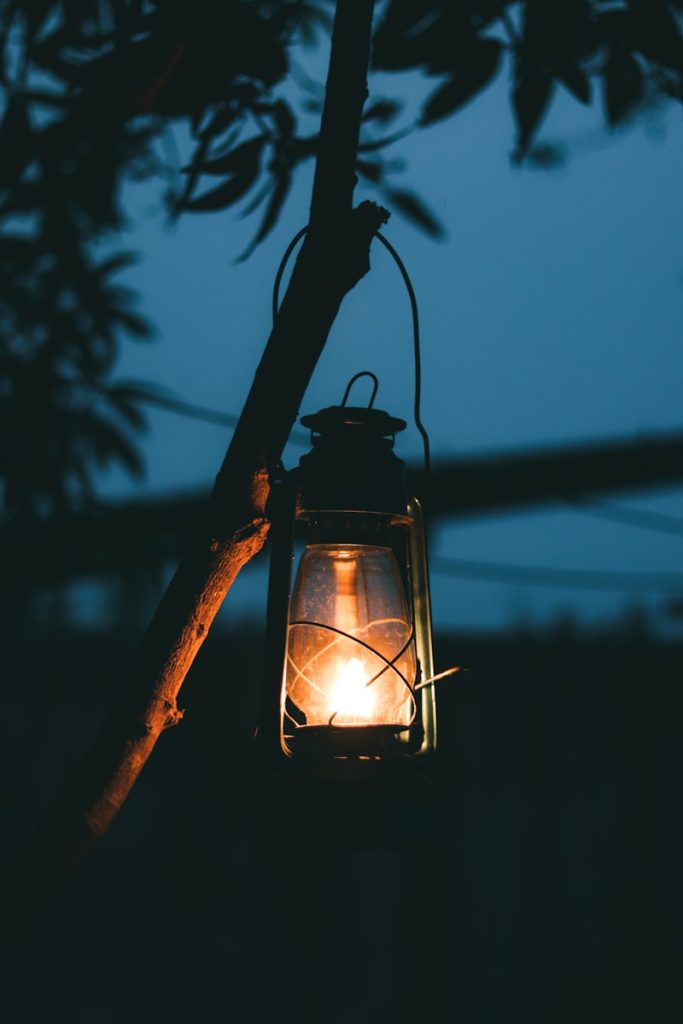
- Lantern: A lantern can provide ambient lighting for your campsite. Look for a model with adjustable brightness settings and a long battery life.
- Flashlight: A flashlight is a useful backup option for when you need a more focused beam of light.
By packing the right insulation, heating, and lighting gear, you’ll be well-prepared for a comfortable and enjoyable winter car camping trip.
Choosing the Right Vehicle
When planning a winter car camping trip, choosing the right vehicle is crucial for a comfortable and safe experience. Here are some factors to consider when selecting a vehicle for winter car camping.
Size and Space
The size and space of the vehicle are important considerations. A larger vehicle, such as an SUV or a van, provides more space for gear and sleeping arrangements. However, a smaller vehicle, such as a sedan or a hatchback, may be more fuel-efficient and easier to maneuver on icy roads.
Consider the number of people and the amount of gear that will be going on the trip. Will there be enough space for everyone to sleep comfortably? Will there be enough room for all the necessary gear, such as winter clothing, sleeping bags, and cooking equipment?
Four-Wheel Drive
Four-wheel drive can be a valuable asset for winter car camping. It provides better traction on slippery roads and can help the vehicle navigate through snow and ice. However, it is not a necessity. A vehicle with front-wheel drive can also perform well in winter conditions if equipped with snow tires.
Keep in mind that four-wheel drive does not guarantee safety on icy roads. It is important to drive cautiously and adjust to the road conditions.
When choosing a vehicle for winter car camping, consider the size and space needed and whether four-wheel drive is necessary. With the right vehicle, a winter car camping trip can be a comfortable and enjoyable experience.
Safety Precautions
When car camping in winter, it is important to take safety precautions to ensure a comfortable and safe experience. Here are some essential safety precautions to keep in mind:
Weather Forecast
Before heading out on a winter car camping trip, it is crucial to check the weather forecast for the area you will be camping in. This will help you prepare for any potential weather hazards and ensure that you have the appropriate gear and clothing for the conditions. Be sure to check the forecast for the entire duration of your trip, as weather conditions can change quickly and unexpectedly.
Emergency Kit
It is important to have an emergency kit on hand when car camping in winter. This kit should include items such as a first aid kit, a flashlight, extra batteries, a portable radio, a blanket, and a supply of non-perishable food and water.
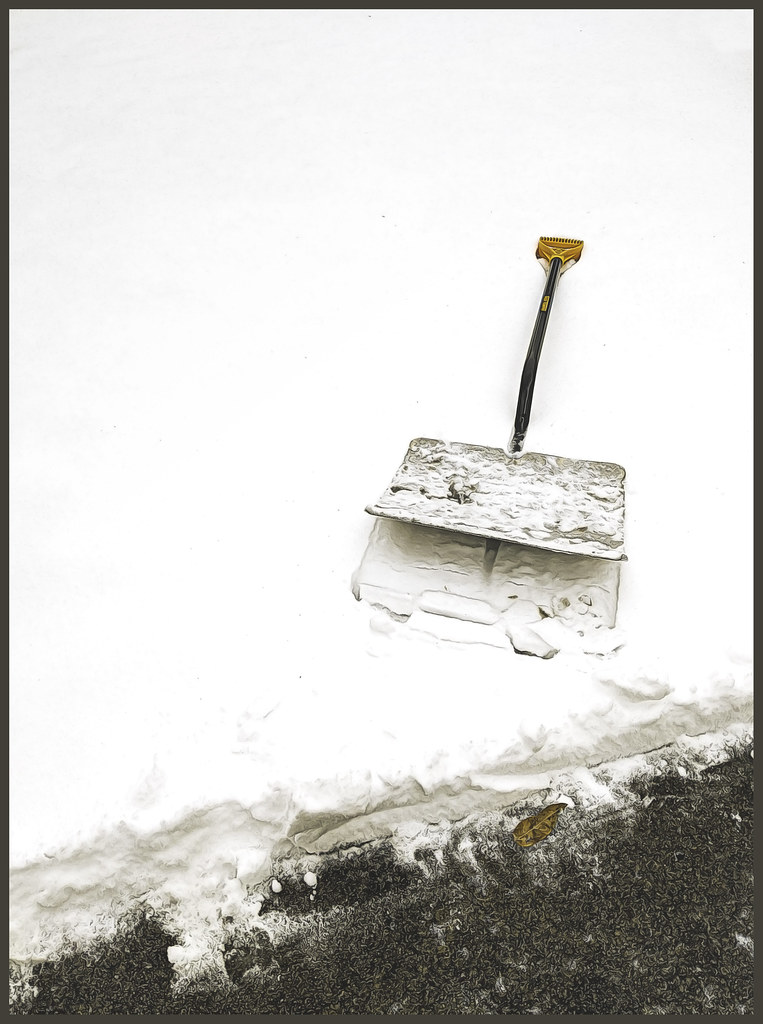
It is also a good idea to include a shovel, an ice scraper, and tire chains in case you get stuck in the snow. Make sure to keep your emergency kit easily accessible, such as in the trunk of your car or in a designated storage area.
In addition to these precautions, it is important to follow basic safety practices such as never sleeping in a vehicle with the engine running and parking in a safe and designated area. By taking these safety measures, you can ensure a comfortable and enjoyable winter car camping experience.
Choosing the Perfect Campsite
When planning a winter car camping trip, choosing the perfect campsite can make all the difference. Here are some factors to consider when selecting your site.
Accessibility
First, consider accessibility. You’ll want to choose a campsite that is easily accessible by car, especially if you’re planning on sleeping in your vehicle. Look for campsites that are close to main roads and have parking spots nearby.
Additionally, consider the terrain of the campsite. Avoid sites that are located on steep hills or have rocky terrain, as these can make it difficult to park and set up camp.
Protection from Elements
Next, consider protection from the elements. Choose a campsite that is sheltered from the wind and has natural barriers, such as trees or rocks, to protect you from the elements. This will help keep you warm and dry during your trip.
You’ll also want to consider the amount of sunlight your campsite receives. Choose a site that gets plenty of sunlight during the day to help keep you warm and dry.
Finally, consider the location of your campsite in relation to water sources. Look for sites that are close to water sources, such as rivers or lakes, but avoid areas that are prone to flooding.
By considering accessibility and protection from the elements, you can choose the perfect campsite for your winter car camping trip.
Food and Water
When it comes to winter car camping, food and water are essential to keep you warm, energized, and hydrated. In this section, we will cover two important sub-sections: Storage and Cooking.
Storage
Proper food storage is crucial during winter car camping. Here are some tips to keep in mind:
- Store food in airtight containers to prevent moisture and odors from seeping in.
- Keep perishable items in a cooler with ice or frozen gel packs. Make sure to replenish the ice regularly.
- Pack non-perishable items that are easy to prepare and provide sustained energy, such as nuts, granola bars, and dried fruits.
- Consider using a bear-resistant container to store food, especially if you are camping in an area with bears.
Cooking
Cooking during winter car camping can be challenging, but it’s not impossible. Here are some tips to help you prepare warm and nourishing meals:
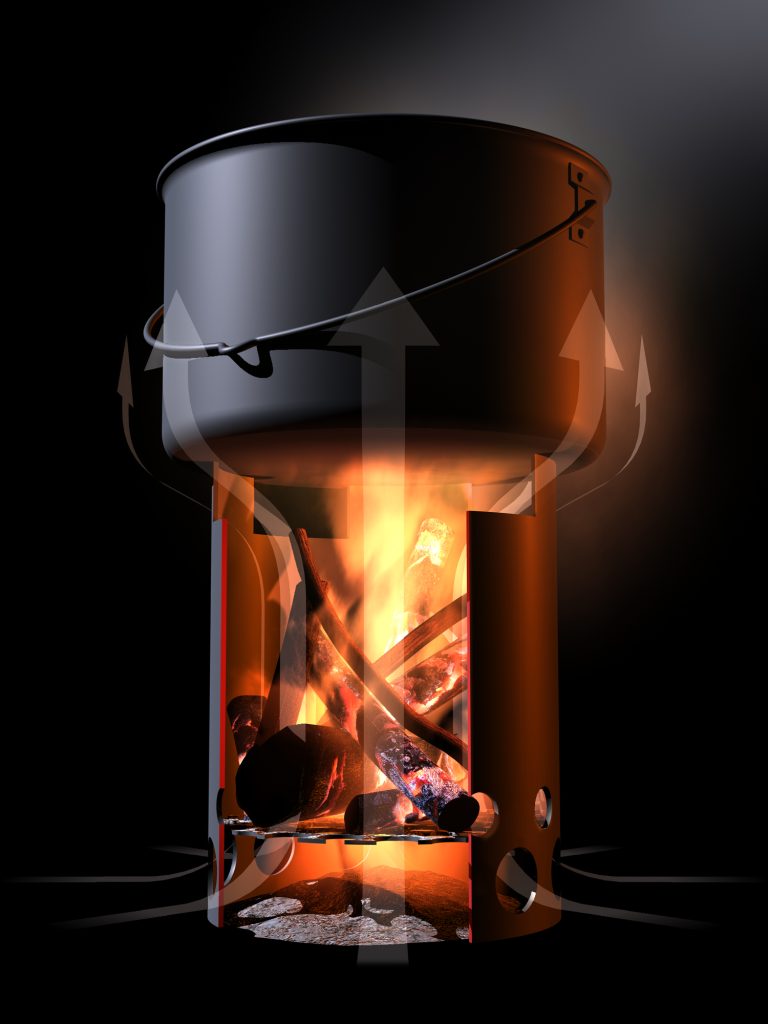
- Bring a portable stove with enough fuel to last your trip. Make sure to test the stove before you leave to ensure it’s working properly.
- Use a windscreen to protect the stove from the wind and improve its efficiency.
- Pack a variety of easy-to-prepare meals, such as soups, stews, and pasta dishes. Don’t forget to bring spices and seasoning to add flavor to your meals.
- Bring a thermos to keep hot liquids, such as coffee, tea, and soup, warm for longer periods.
- Use a durable and lightweight cookware set that is suitable for winter camping. Look for pots and pans that have a non-stick coating and can withstand high temperatures.
In terms of water, make sure to pack enough water bottles or a water filtration system to stay hydrated throughout your trip. Consider bringing a thermos to keep your water warm and prevent it from freezing.
Maintaining Comfort
When camping in winter, it’s essential to maintain comfort to ensure a pleasant experience. Here are some tips to keep you warm and cozy during your car camping trip.
Ventilation
Ventilation is crucial when camping in winter. It helps to control moisture and condensation inside your car, preventing dampness and mold growth. It also helps to regulate the temperature inside your car, preventing it from getting too stuffy or too cold.
To maintain proper ventilation, crack your windows slightly to allow fresh air to circulate. You can also use a vent fan or a roof vent to improve airflow. Make sure to keep your vents clear of snow and ice to prevent blockages.
Sleeping Arrangements
Sleeping arrangements are critical for maintaining comfort when car camping in winter. Here are some tips to help you stay warm and cozy:
Use a high-quality sleeping bag rated for cold temperatures. Look for a bag with a temperature rating that matches the lowest temperature you expect to encounter.
Use a sleeping pad to insulate yourself from the cold ground. A foam pad or an inflatable pad with a high R-value will help to keep you warm and comfortable.
Dress in layers to regulate your body temperature. Start with a base layer of moisture-wicking fabric, add a mid-layer for insulation, and finish with a waterproof and windproof outer layer.
Use a hot water bottle or hand warmers to warm up your sleeping bag before getting in. You can also place a hot water bottle at your feet to keep them warm throughout the night.
By following these tips, you can maintain comfort when car camping in winter and enjoy your outdoor adventure to the fullest.
Frequently Asked Questions about Car Camping in Winter
How to stay warm sleeping in a car in winter
To stay warm sleeping in a car in winter, it is important to have the right gear. Make sure to bring a sleeping bag that is rated for cold temperatures, and consider using a sleeping pad to insulate yourself from the cold ground. Dress in layers and wear warm, comfortable clothing. It is also important to stay dry, so avoid sweating by not overdressing.
How to stay warm in car homeless
Staying warm in a car when homeless can be challenging, but there are some things you can do to make it more comfortable. Use blankets or sleeping bags to stay warm, and consider using a portable heater if it is safe to do so. You can also insulate your car by using window coverings or blankets to block drafts.
How do you camp in a car in the winter?
Camping in a car in the winter requires some preparation. Make sure to bring warm clothing, a sleeping bag rated for cold temperatures, and a sleeping pad to insulate yourself from the cold ground. Consider using a portable heater if it is safe to do so, and insulate your car by using window coverings or blankets to block drafts.
Is it safe to sleep in your car in the winter?
Sleeping in your car in the winter can be safe as long as you take the necessary precautions. Make sure to have adequate insulation and warm gear, and avoid running your car’s engine for extended periods of time to prevent carbon monoxide poisoning. It is also important to park in a safe location and let someone know where you are.
How cold is too cold for car camping?
The temperature that is too cold for car camping depends on a variety of factors, such as the gear you have and your own tolerance for cold temperatures. However, it is generally recommended to avoid camping in temperatures below freezing without appropriate gear and preparation.
Is it OK to sleep in your car at a campsite?
Whether or not it is OK to sleep in your car at a campsite depends on the rules and regulations of the specific campsite. Some campsites allow car camping, while others do not. It is important to check with the campsite beforehand and follow their rules to ensure a safe and enjoyable experience.
